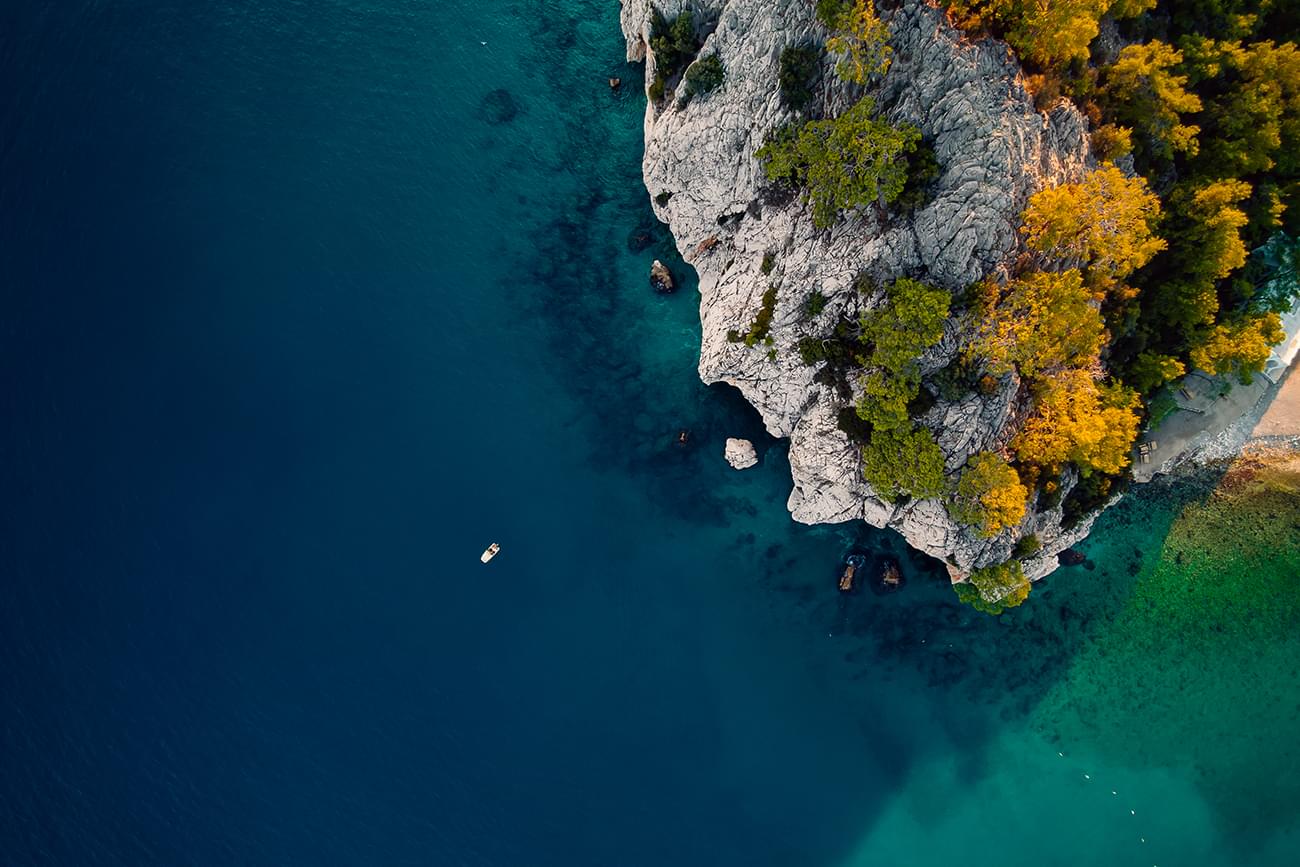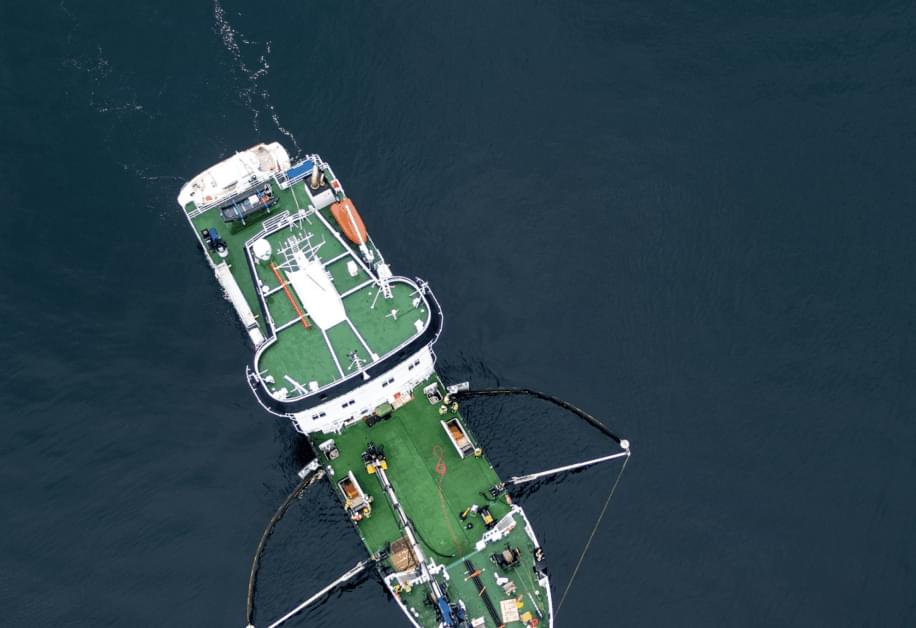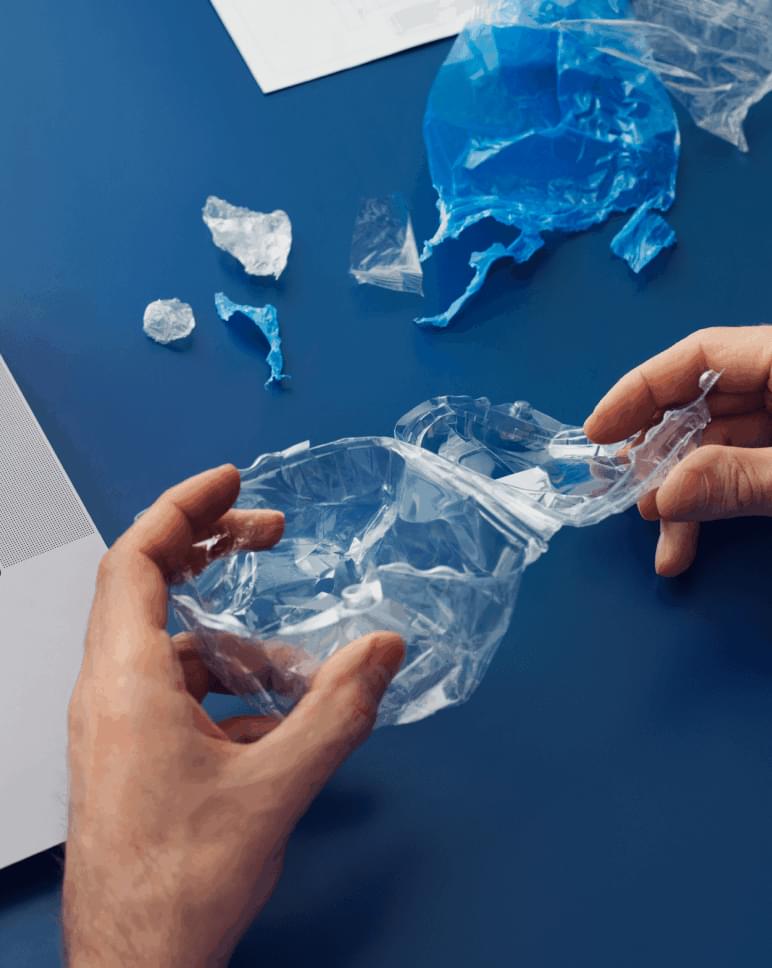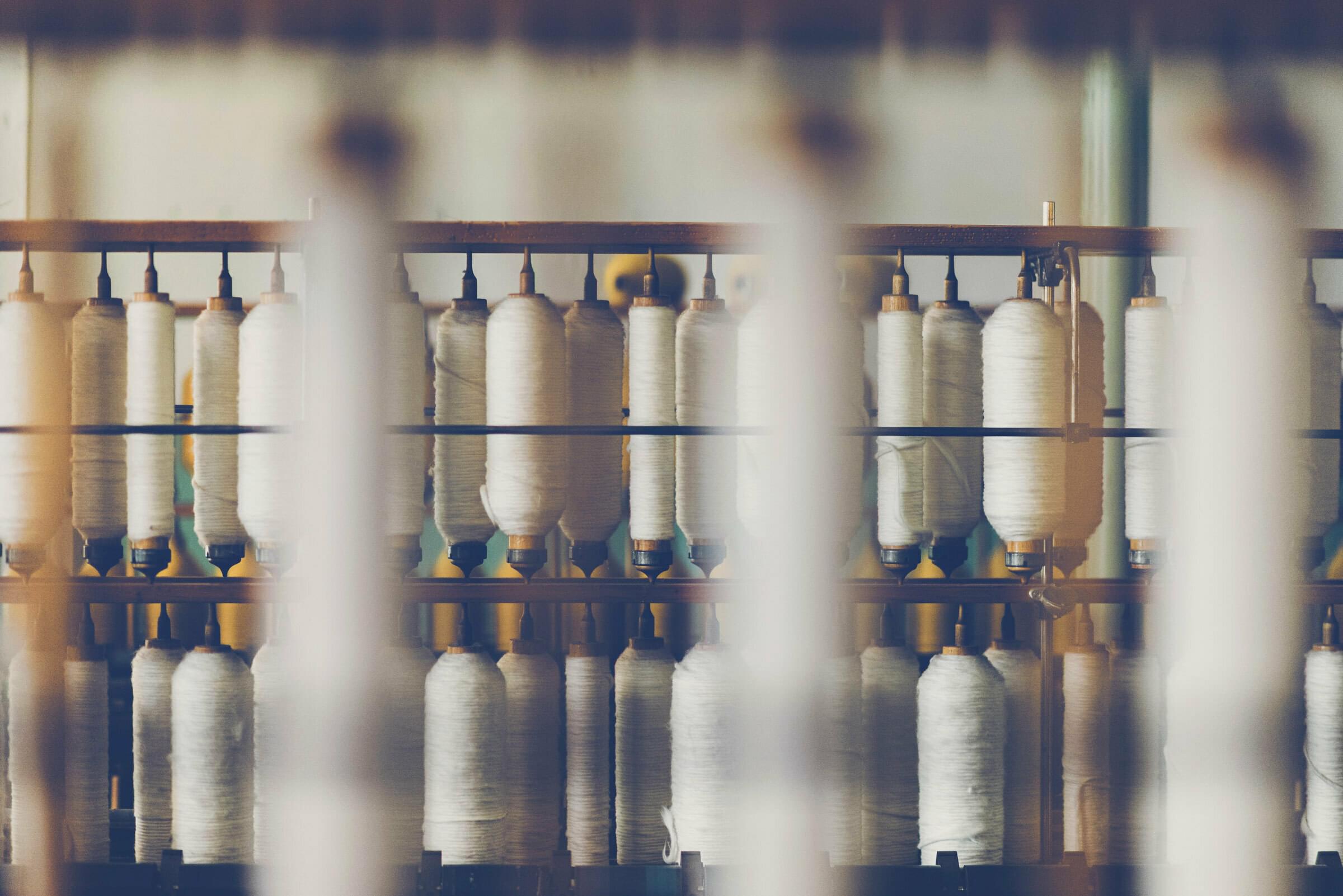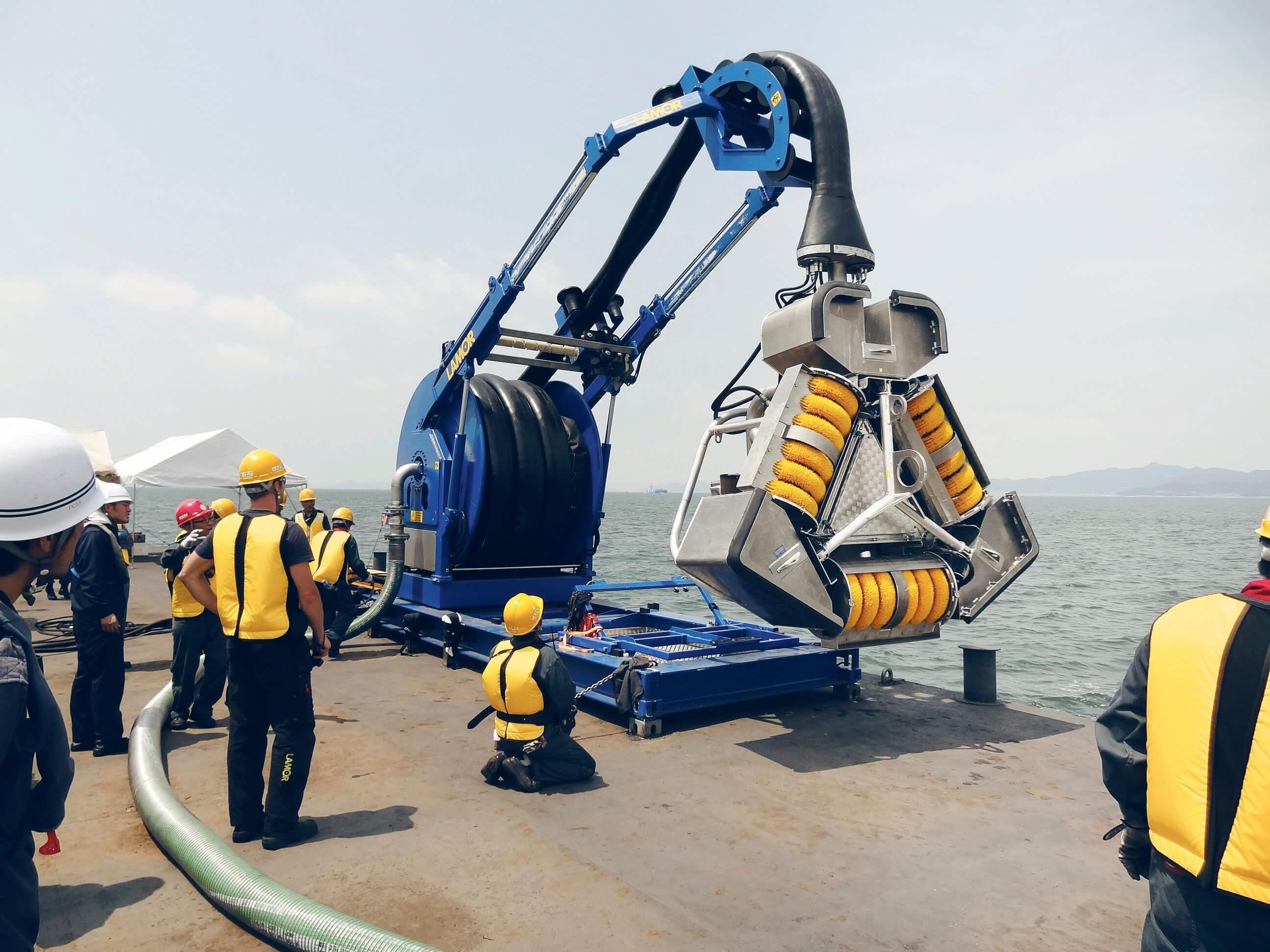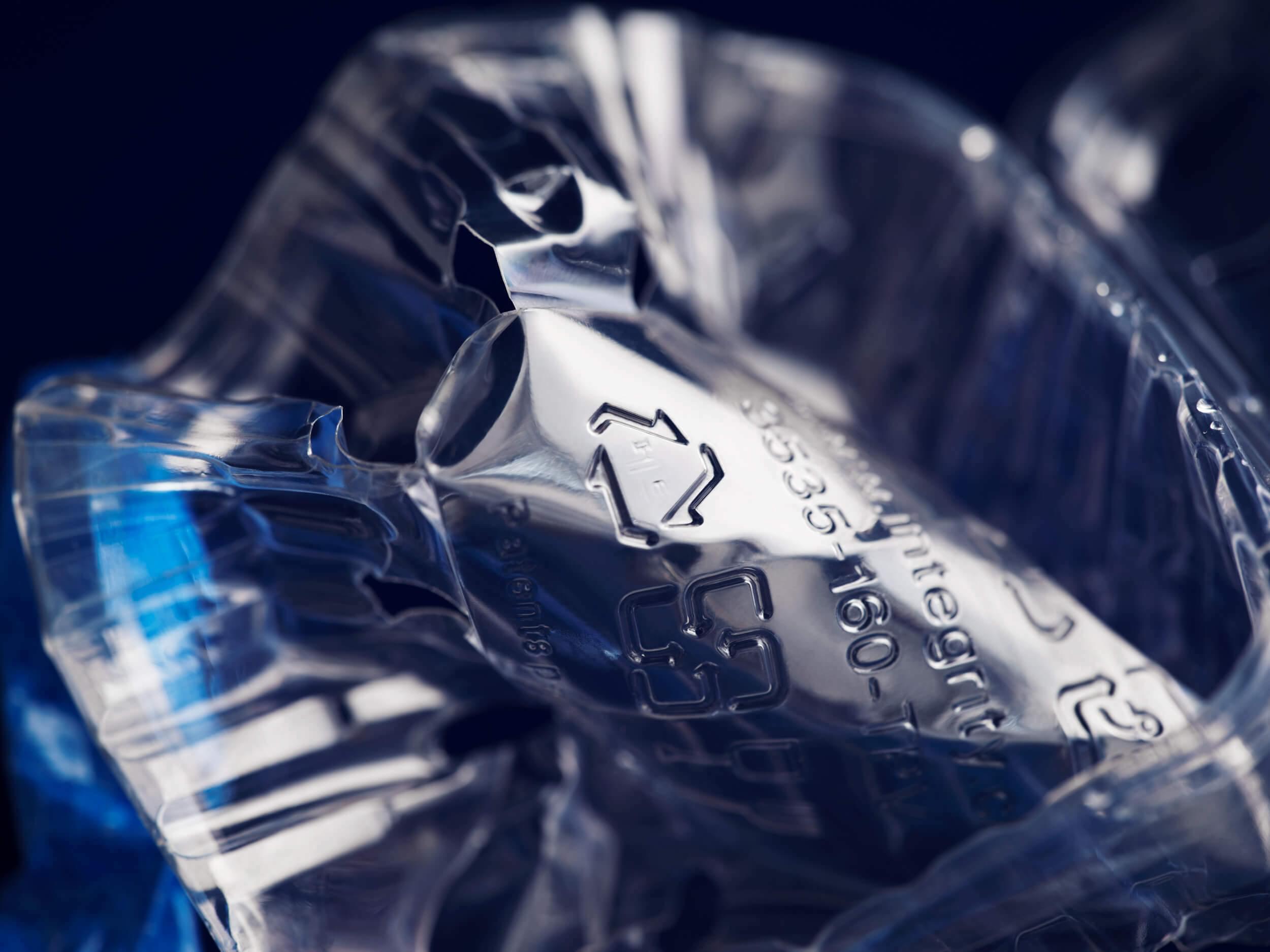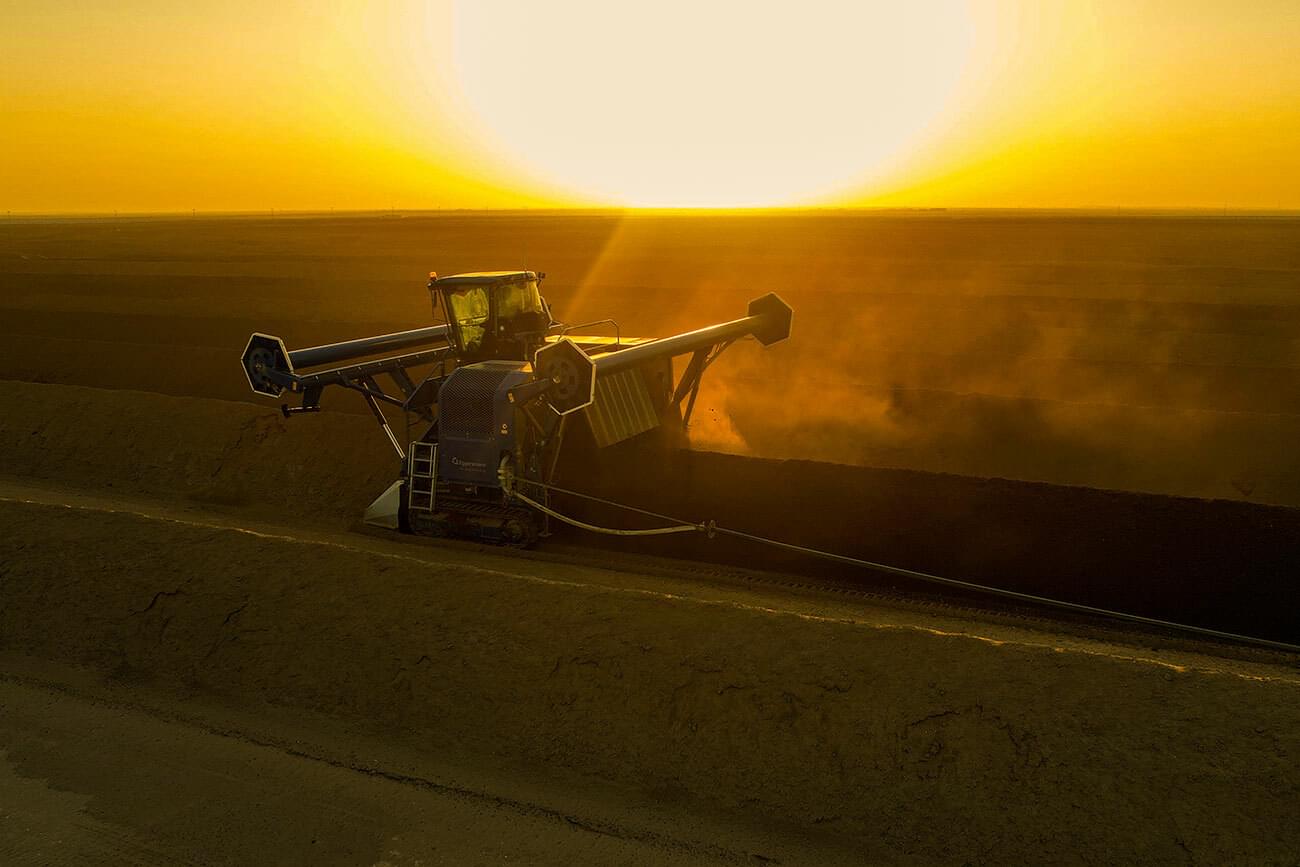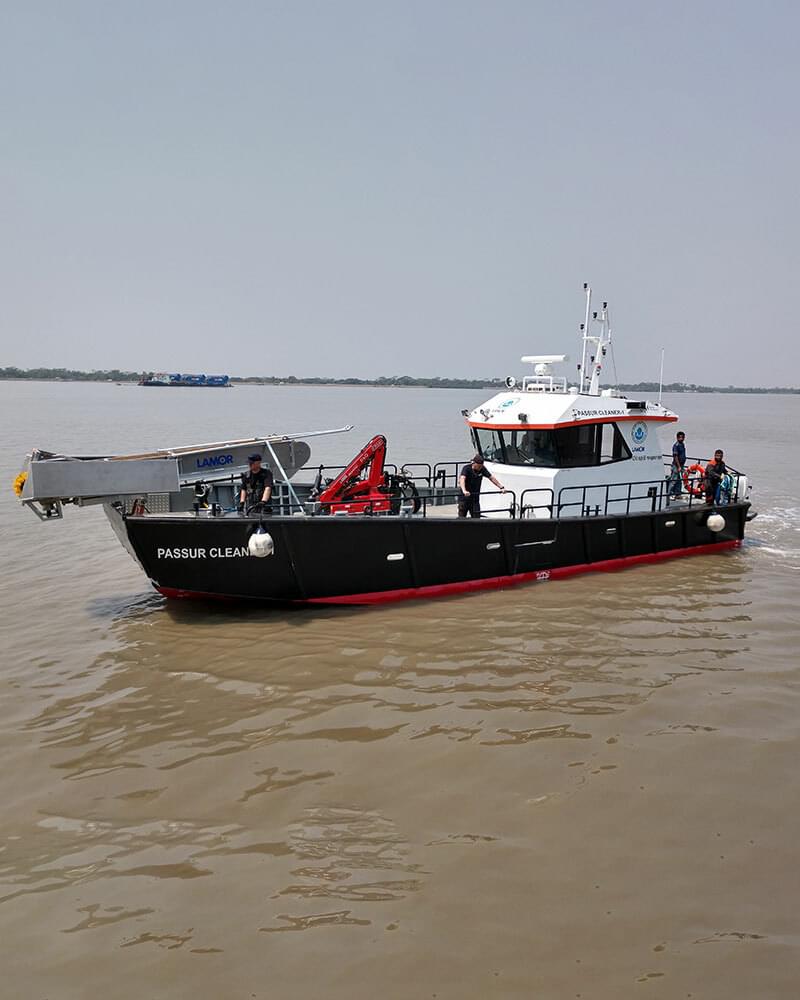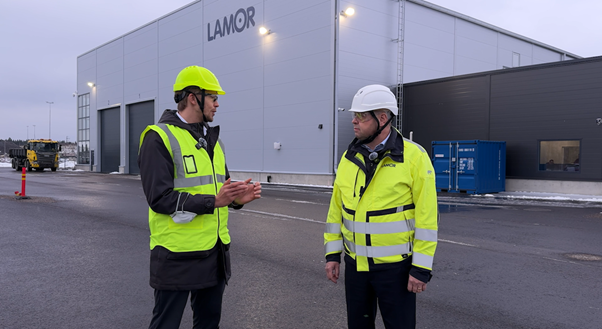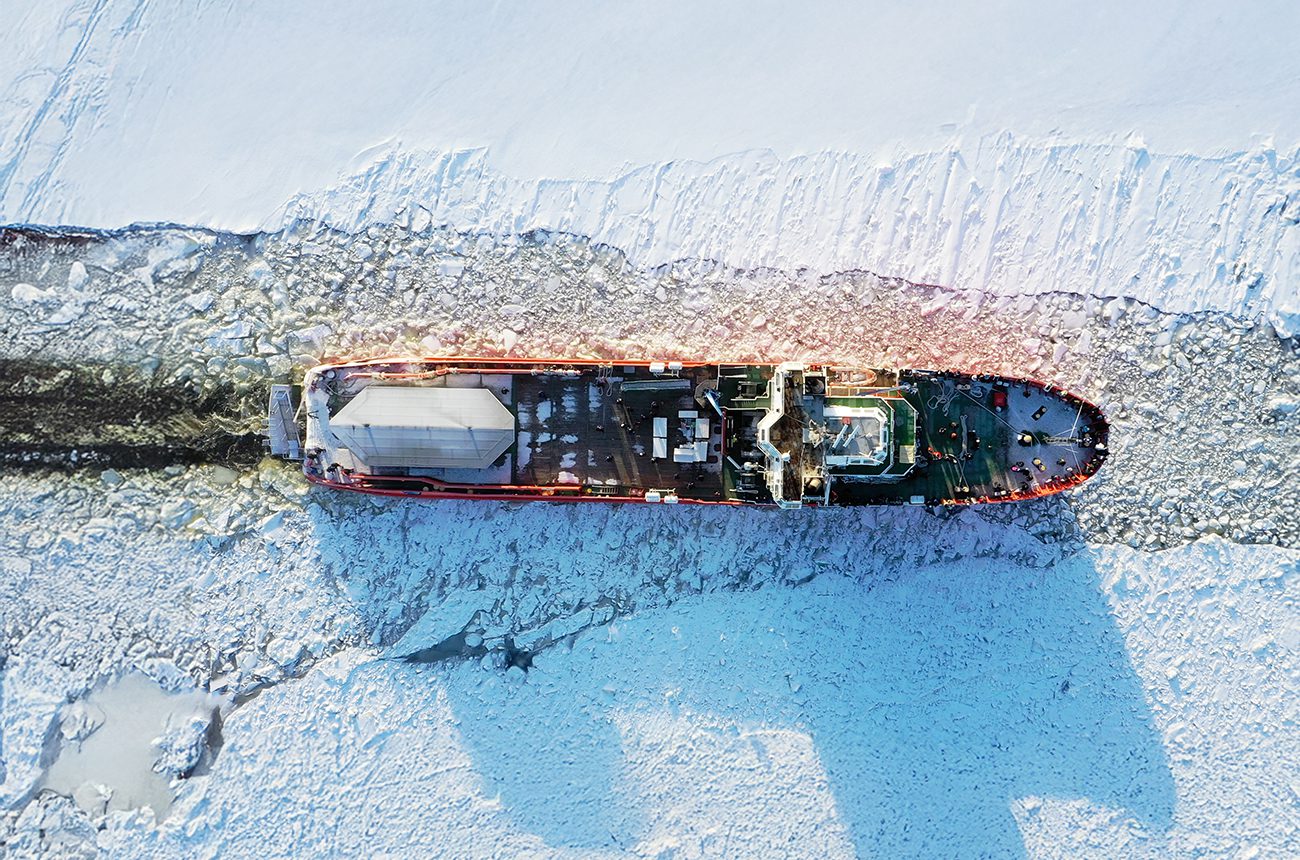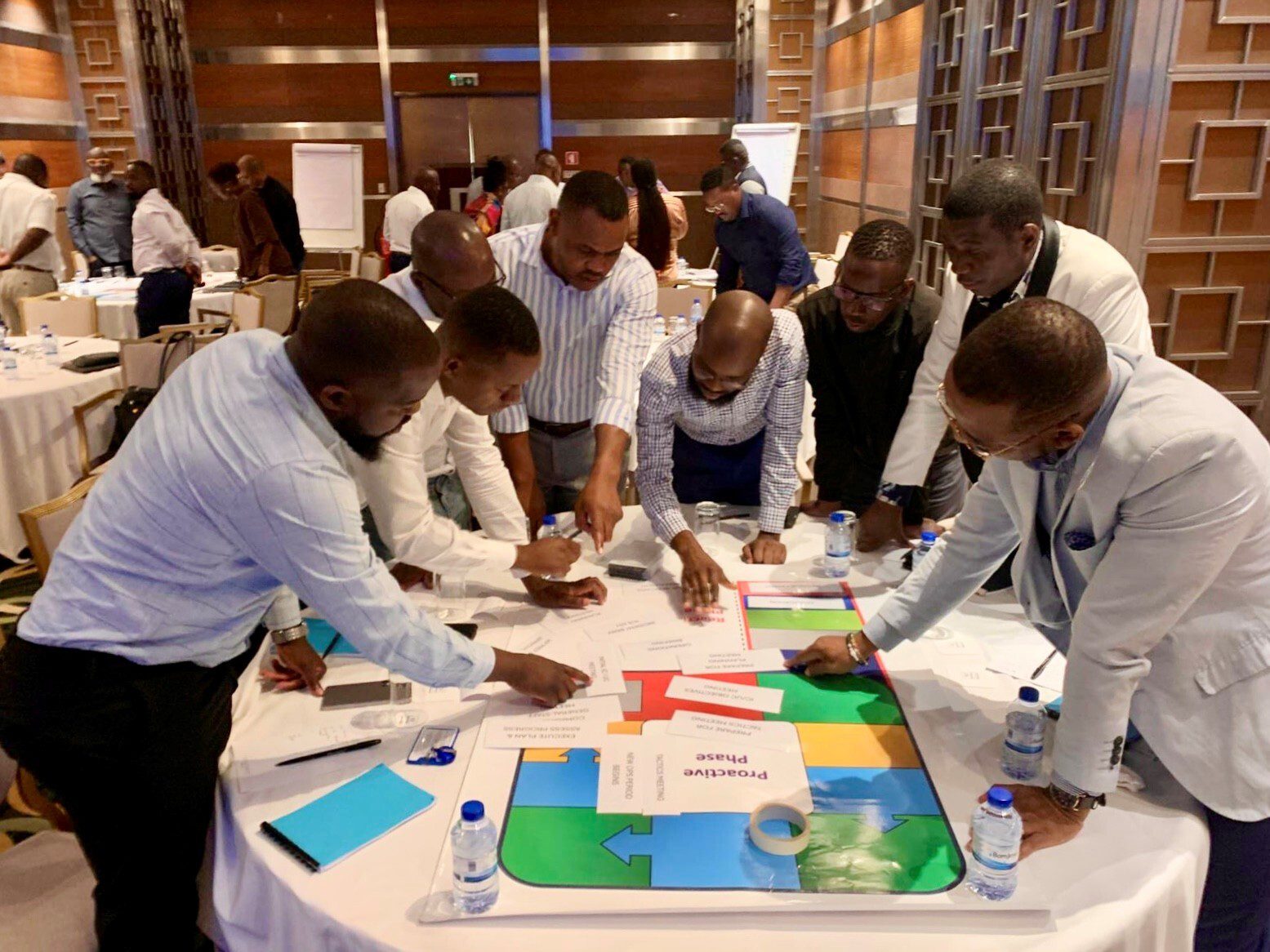Lamor successfully cleans soil and groundwater for a food plant in Peru
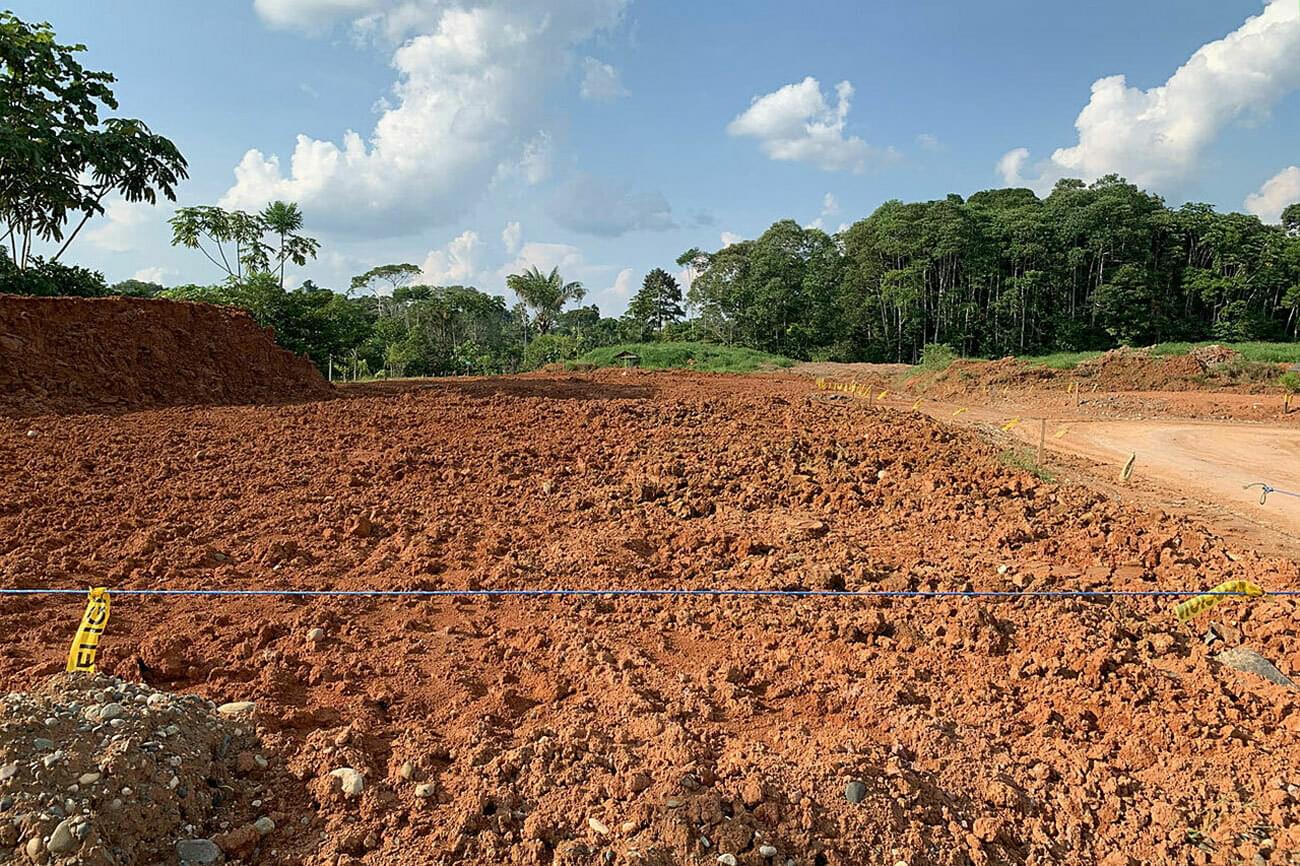
A multinational dairy company faced an emergency situation, due to evidence of the presence of hydrocarbons in the perimeter of one of its plants located in the city of Cajamarca, Peru. Finding the source of the hydrocarbons was only one aspect of the challenge; the company also needed to clean up the contaminated groundwater to high environmental standards to protect the local environment and community, as well as their own reputation.
Challenge
The company discovered hydrocarbons in the groundwater of a food plant in Peru, posing a mysterious problem as these hydrocarbons had not been there previously. The question arose: were they originating from the dairy plant itself or from an external source?
However, finding the source of the hydrocarbons was only one aspect of the challenge. The company also needed to find a way to clean up the contaminated groundwater to high environmental standards to protect the local environment and community, as well as their own reputation.
To make matters even more complicated, the company could not halt production during the cleanup. They needed to continue operations with minimal disruption throughout the project. When the company realized the magnitude of the challenge, they chose Lamor to find a solution.
Solution
Lamor began making a clearance borehole review, drilling small exploratory holes to determine the extent that oil was affecting the water table. Lamor discovered some serious contaminants in the groundwater such as mercury, lead, and petroleum hydrocarbons. Surface electrical resistivity tomography was used on site to find anomalies in the soil. These techniques enabled the Lamor experts to see how much oil was in the groundwater, the progress of the pollution plume in the aquifer and how groundwater moved in the area. They now had solid data to plan a cleanup, remediation, and field operation.
Simultaneously, Lamor searched for the source of the oil, both on the grounds of the food plant and in the surrounding area, analysing the groundwater flow vectors, and other hydrogeological parameters. Soon suspicion fell on fuel storage tanks for boilers, and tests revealed that they were the source of the contamination.
The groundwater and soil remediation stage of the project included the drilling of several remediation wells placed in strategic locations identified after a geospatial 3D assessment and consideration of different hydrologic criteria. Pumping and extraction were carried out over twelve months. New alternative fuels were chosen for the boilers, which eliminated the old hydrocarbon-based fuels. After the old fuel storage tanks were removed, four more remediation and monitoring wells were drilled to help speed up the operation.
We studied the problem, understood the requirements of the company, regulators, and society, and then built a bespoke solution that fits the customer's budget and deadline. Lamor can provide similar solutions for other industries, such as mining, ports, terminals, oil and gas, or manufacturing. We have the expertise to discreetly assist any industry that may have experienced the release of hazardous materials into the water or soil, says Diego Echeverri, General Manager at Lamor Peru.
Impact
After about two and a half years of remediation efforts, the groundwater was once again clean. The levels of pollutants measured in the groundwater met the strict limits set by Peruvian authorities.
The company was able to satisfy their responsibility to the environment as well as to their employees, customers, shareholders, regulators, and local communities. The leak was found, the contamination was cleaned, and another occurrence was prevented – all without harming the company’s reputation or even disrupting their business operations.
Stay in the know
Sign up for our newsletter to learn more about innovations enabling the survival of our dear planet.

